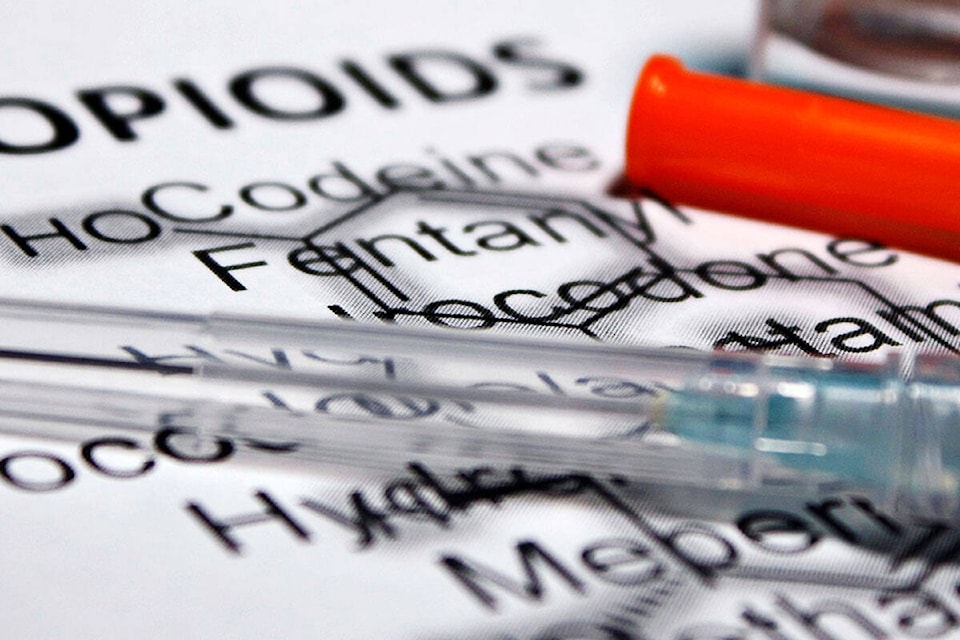While the COVID-19 pandemic has been raging, another public health emergency is continuing to take its toll on British Columbia.
According to statistics from the BC Coroners Service, the death rate from illicit drug overdoses had risen to 39.4 per 100,000 residents by the end of September. This works out to around 5.5 deaths per day.
READ ALSO:
READ ALSO:
The latest figures show the death rate in September is nearly twice as high as the rate in 2016 when the emergency was first declared, and a 24 per cent increase from last year. In some parts of the province, the rates of deaths have been significantly higher.
From January until the end of September, 1,534 overdose deaths were recorded. This is nearly 300 more than during the same time period in 2020.
There are urban areas where illicit drug use has become a serious problem in recent years, and there are small towns and rural areas struggling with this crisis. In some cases, small-town churches and public facilities have naloxone kits available to help deal with an overdose.
While it is easy to view the ongoing overdose crisis in terms of statistics, the issue goes far beyond the numbers. Each of these people left behind family members, friends, coworkers and others. These are people who, for any number of reasons, died because of illicit drug use.
And in cases where British Columbia’s ongoing overdose crisis does not result in deaths, the use of these drugs continues to affect individuals and communities in other ways. It extends far beyond those who are struggling with addictions and drug use.
Managing our province’s overdose crisis is a complex problem and there are no simple or quick solutions. It is as much a societal problem as a medical problem.
This is an issue that must not and cannot be ignored.
– Black Press
Signature



